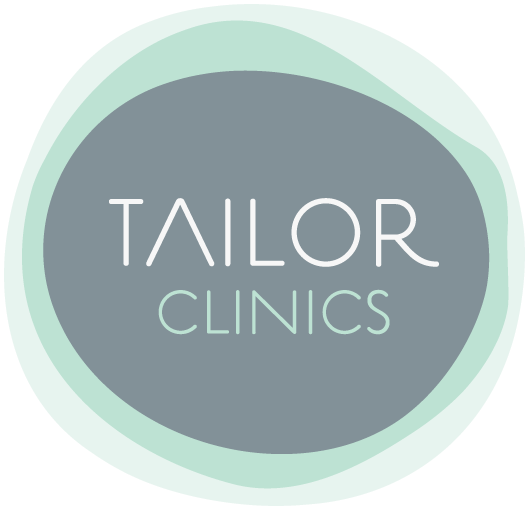Pilates 101
Pilates 101
By Laura Gunn, Exercise Specialist
Pilates is a low impact, full body workout which focuses on strength, flexibility, balance, core and breathing. A bit like yoga, but without the “ooooooooms”. In fact, one of my favourite comedians, Phil Wang, describes Pilates as “atheist yoga”.
People try Pilates for all sorts of reasons. I had been living with chronic back pain for 20+ years when I decided to try a about class 8 years ago. I loved it so much I went on to train as an instructor and became qualified to teach mat Pilates in 2021. I also can’t even remember the last time I had back pain, woooohooo!
History of Pilates
Pilates has been around for over a hundred years and has quite an interesting backstory. Originally, Pilates was developed by Joseph Pilates, a prisoner of war during WW1. He had several health issues and came up with an exercise regime he could do with minimal space and equipment. Pilates has had several reincarnations and re-brands over the last century and today Pilates comes in several flavours including:
· Mat Pilates – an accessible style, exercises are performed on a comfy exercise mat on the floor, may include seated or standing exercises too. This is the type of class we will be offering soon! *watch this space*
· Reformer Pilates – performed on a funky bit of equipment called a reformer which offers support and/or adds challenge. If you’re specially looking for a reformer class I recommend The Pilates Centre in Hamilton or Sweat Reformer Pilates in Tamahere.
· Fitness Pilates – can include similar exercises to mat or reformer Pilates but often at a faster pace and with some extra exercises thrown in for good measure.
· Classical Pilates –staying fairly true to Joseph’s original 34 exercises, often done in sequence, with or without the original equipment.
Potential benefits of Pilates:
· Reducing stress
· Increasing core and pelvic floor strength
· Improving posture
· Regaining strength and range of movement after an injury
· Reducing back pain
· Hypermobility issues – improve proprioception and spatial awareness
· Reducing diastasis recti (separation of the rectus abdominis muscle – commonly as a result of pregnancy)
· Building confidence
So, what do we do in a class?
We usually start off by focusing on the body or breath. Then a gentle warm up, followed by the main exercises working upper and lower body in all planes of movement, finishing with a cool down &/or short relaxation. Stretches are incorporated either in the main class, or at the end. You might recognise some of the exercises from other workout classes or from physio, and there’s a strong emphasis on core work.
Commonly asked questions:
Q: Do I need to be flexible?
A: No, I can adapt exercises to suit most needs.
Q: I haven’t done Pilates before can I still attend?
A: Yes! Classes may be separate for beginners, and if not I’ll offer a range of levels in each class.
Q: I have an injury/medical condition, can I still attend?
A: That depends. During the acute phase of an injury it might be better to have a break,
please talk to us first and check with your GP/physio/osteo/chiropractor/specialist if there are any exercises you specifically need to avoid. Apart from acute injuries and flare ups of chronic conditions, Pilates can be adapted to suit most needs. Before attending a class we’ll ask you to complete a short health-screening questionnaire.
Q: I have no core strength, what if I can’t do it?
A: Perfect! The weaker the core the bigger the scope for improvement.
Q: I’ve just had bariatric surgery can I join in?
A: Keen bean! We’d love to have you from 7w post-op providing you’re healing well and energy levels are ok. If you’re a Tailor Clinics patient ideally after your 6w exercise appointment, to check all is going well.
I look forward to seeing some of you in a class soon!

